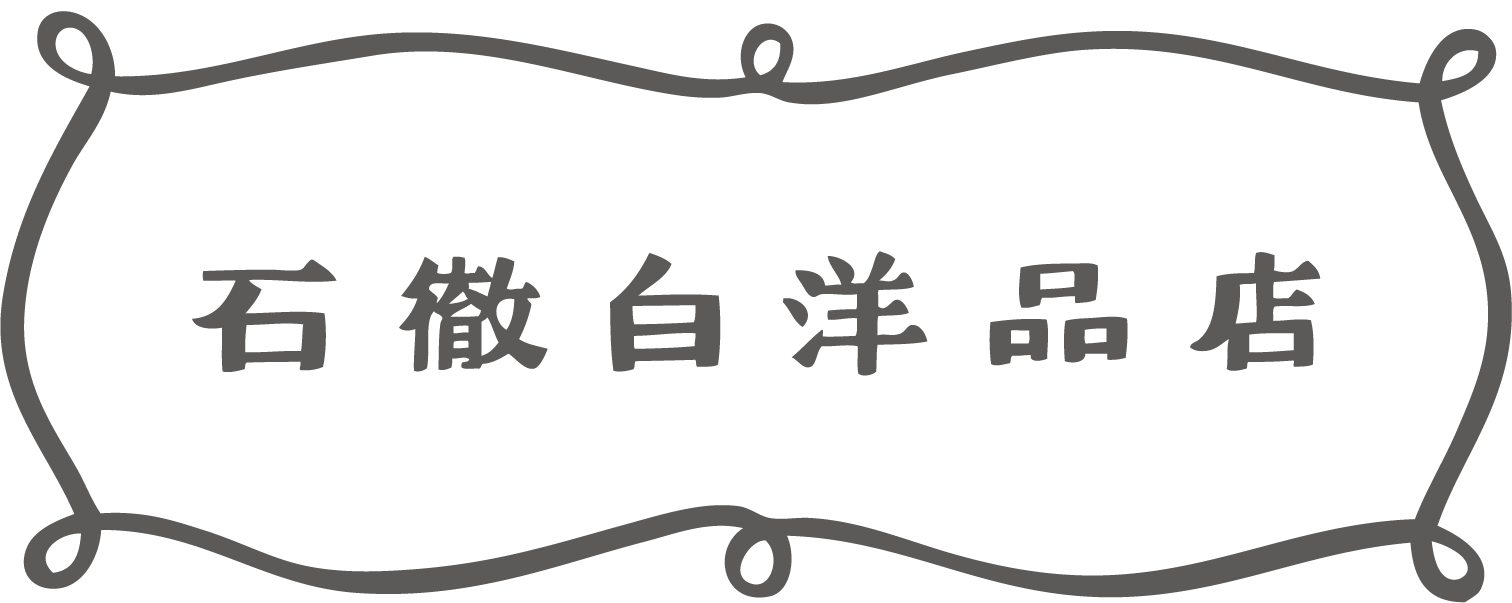Cultural anthropology and the making of our clothes
 One of the characteristics of Itoshiro Clothing Store is that we start our clothing making with a "cultural anthropology" mindset. When I started Itoshiro Clothing Store, I went to Cambodia every year as a student for a cultural anthropology seminar and conducted interviews. There, I became interested in a method called "interview writing," where you can hear the life story of a person.
One of the characteristics of Itoshiro Clothing Store is that we start our clothing making with a "cultural anthropology" mindset. When I started Itoshiro Clothing Store, I went to Cambodia every year as a student for a cultural anthropology seminar and conducted interviews. There, I became interested in a method called "interview writing," where you can hear the life story of a person.
Meeting a certain grandma

Being interested in international cooperation, I interviewed a young grandmother who had fled the war during the Pol Pot era and was living in a village. She was a master weaver who taught silk weaving to young women at the Khmer Traditional Textile Research Institute in Cambodia.
She looked like a small, ordinary old lady, but when she told me with great enthusiasm that "Khmer traditional silk weaving is something I cannot separate from myself," I was impressed by what a cool woman she was! (I later learned that she was a master of making cloth that is considered a national treasure.) I too began to wonder if there was anything I could be proud of, and so I turned my attention to Gifu, where I was born and raised, and it was this grandmother who gave me that opportunity.
Interviews in Itoshiro
 Even after I moved to Itoshiro, my "Oral Recording" activities continued. At that time, Mr. F, who was the director of the Itoshiro Community Center, said, "It would be good to listen to stories about life in Itoshiro in the past and compile them," so I asked if I could participate, and the oral record group began as part of the community center's activities.
Even after I moved to Itoshiro, my "Oral Recording" activities continued. At that time, Mr. F, who was the director of the Itoshiro Community Center, said, "It would be good to listen to stories about life in Itoshiro in the past and compile them," so I asked if I could participate, and the oral record group began as part of the community center's activities.
I was introduced to many old men and women and began listening to their stories. I decided I wanted to incorporate the things I learned through these stories into modern life, turning them into picture books and commercializing the "tatsuke" (traditional Japanese folklore) that appear throughout the stories. These are the products that make up Ishiteshiro Clothing Store today.
The content of each speaker's talk was wonderful and I learned a lot from it, which influenced me greatly, moved me, and satisfied me, but I felt that if I only kept it to myself, I would be sorry for having heard their talk...or rather, it would be a waste.
 Mr. H, who became the director after Mr. F, also told me, "Since you've taken the time to listen to me, please summarize it in a way that will be useful to others." Indeed, after hearing what he had to say, my desire to do something to pass it on to the next generation grew stronger. Of course, I want to compile and publish them in the form of a " collection of oral histories ." In addition, I want to revive the wisdom and techniques of the past in a tangible form that fits into modern life. I am truly excited about this endeavor.
Mr. H, who became the director after Mr. F, also told me, "Since you've taken the time to listen to me, please summarize it in a way that will be useful to others." Indeed, after hearing what he had to say, my desire to do something to pass it on to the next generation grew stronger. Of course, I want to compile and publish them in the form of a " collection of oral histories ." In addition, I want to revive the wisdom and techniques of the past in a tangible form that fits into modern life. I am truly excited about this endeavor.
Clothing style after much research

The clothes that are created from this are our store's main products: " Tatsuke ," " Hakama ," " Karusan ," " Echizen Shirt ," and " Sakkuri ." It had been several decades since anyone made it anymore, but by chance there were some elderly ladies who still remembered how to make it, so I was able to carry on the tradition.
Looking back now, I think the timing was just right. However, many aspects of the design do not fit into modern life in their current form, so we sometimes redesign or add new features. It is my hope that many people will try on the clothes that we have made in this way and experience this wonderful wisdom for themselves.
My exploration of cultural anthropology will continue, and I hope to continue to deepen my craftsmanship based on it.


